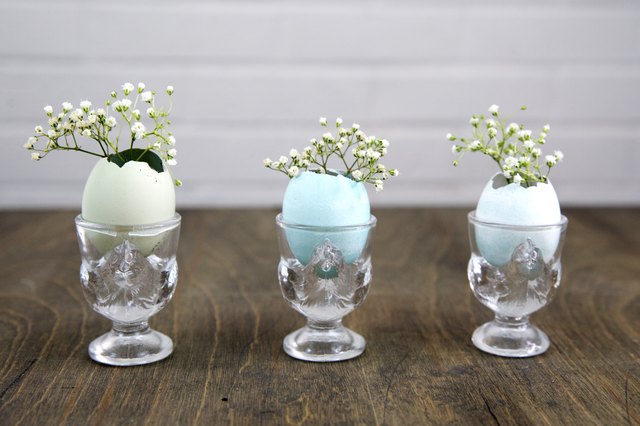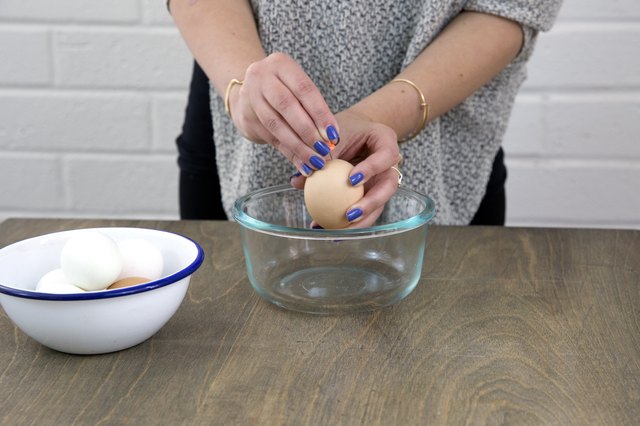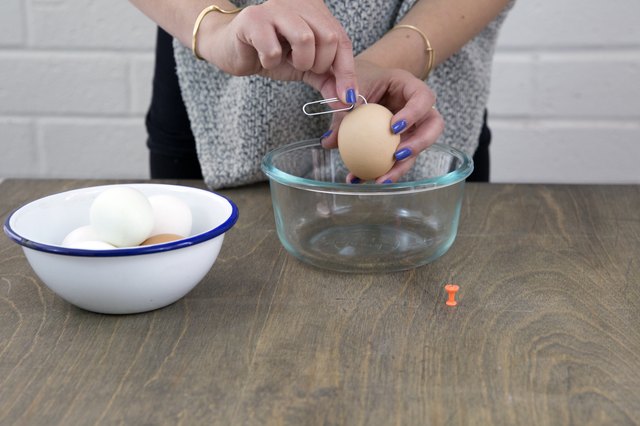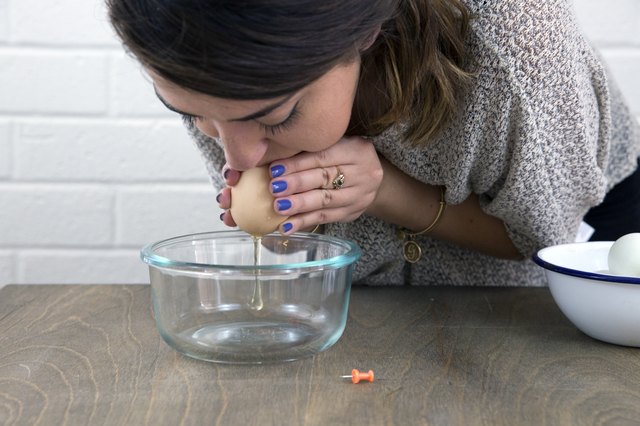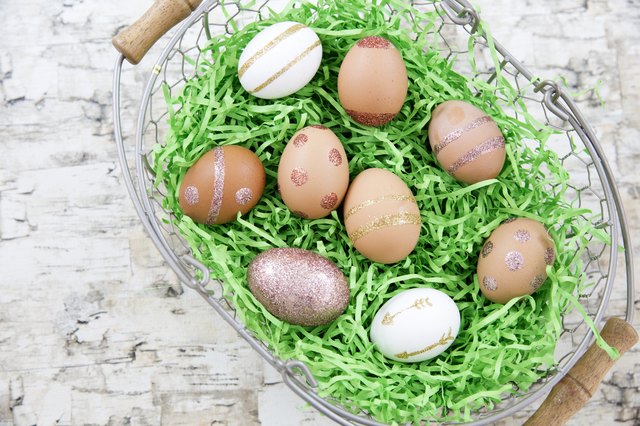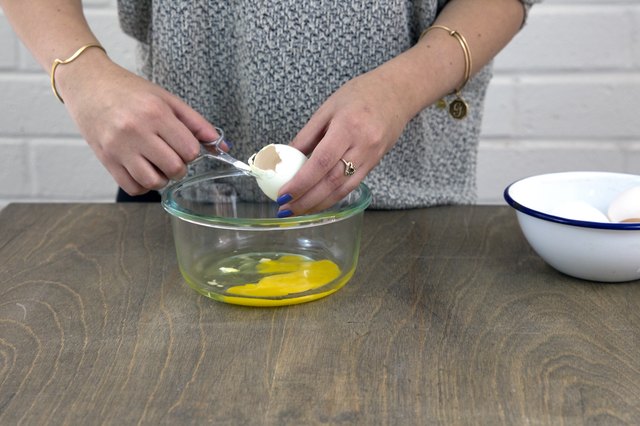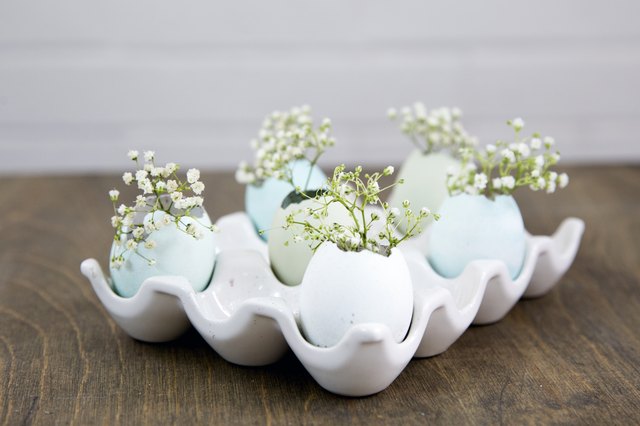Type
ChemistryGrade Level
4 & upDifficulty Level
MediumCost
MinimalSafety Issues
Adult supervision strongly recommended when using a microwave oven, and when working with potentially harmful chemicals.
Material Availability
All necessary materials are readily available.Project Time Frame
3-4 weeks.Objective
This project involves experiments with soap.The goals of this project are:- To identify the active ingredients in soap.
- To experiment with the properties of soap.
- Computer with internet access
- Digital camera
- Typical office/craft/hobby supplies (such as paper, pens & poster-board, wood, glue, etc.)
- At least 4 bars of soap (different brands)
- Bowls of water
- Paper towels
- Microwave oven
Introduction
Soap is a cleaning agent that’s been around for many centuries.The earliest form of soap was derived from various types of plants known to have cleansing properties, usually when mixed with water.These types of plants are known collectively as “soap plants.”In this project we examine the properties and uses of soap.Research Questions
- What are the active ingredients in soap?
- What determines the quality of soap?
- What are some of the best selling brands of soap?
- How is soap manufactured?
Terms and Concepts to Start Background Research
- Density
- Soap Plants
- Research related materials (see bibliography below and search terms listed above)
- Remove each bar of soap from its packaging, and photograph each bar next to its packaging.
- Weigh each bar of soap, and record all ingredients listed on packaging.
- Fill 2 bowls with water.
- Place all the bars of soap in one bowl, and notice which ones float and which ones sink.Try to determine why.
- To the other bowl, add ½ teaspoon of black pepper from any ordinary pepper shaker.
- Stick your finger in the pepper-water and see if anything happens to the pepper.
- Coat another of your fingers with soap, and place the soapy finger in the water.Notice how the pepper reacts.Try to determine why.
- Break each bar of soap in half, and examine the inside of each bar.Note any differences in appearance and texture.
- Place each type of soap, one type at a time, on a paper towel, and put the pieces in the microwave on HIGH for about 2 minutes.Observe each soap sample for the whole time, and record all observations.
- Take a survey to find out which soap brands are most popular and why.
- If desired, create your own brand of soap, and test it against existing brands (optional).
- Analyze the data from all of the above procedures.
- Interpret your results in a detailed report.
- Illustrate your findings using colorful graphs and charts.
- Include soap samples in your science fair display.
- Show interesting photos taken throughout the course of the project





